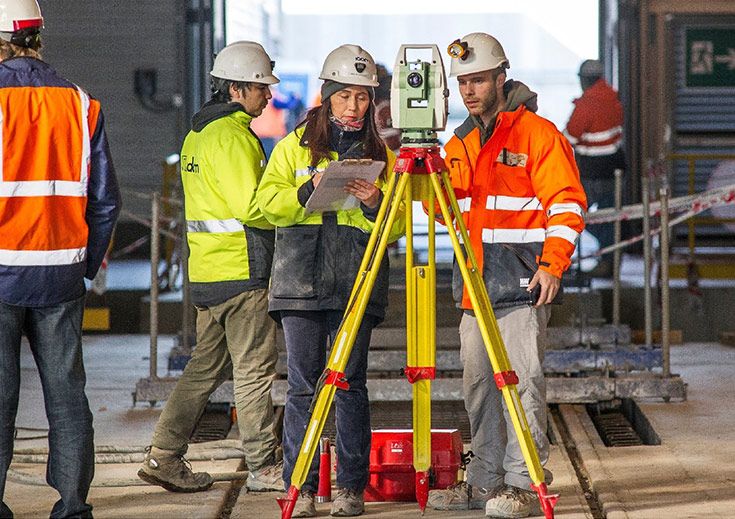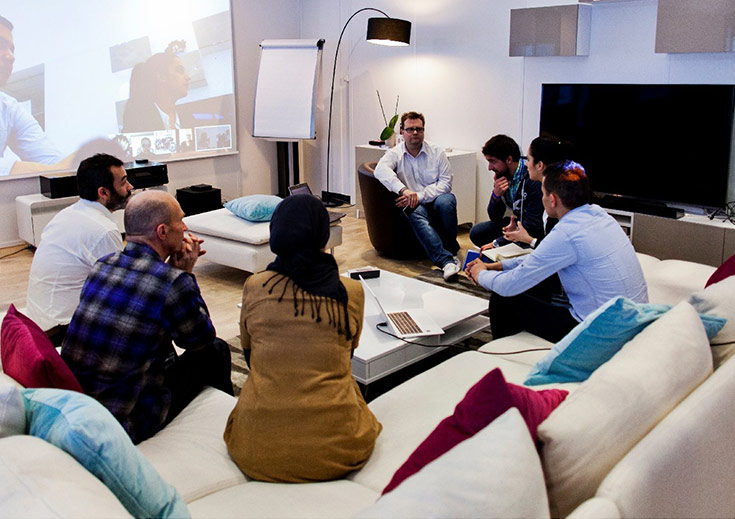The IT project manager uses agile methods to manage a project or set of projects from start to finish – from scoping through to going live – while meeting cost, quality and lead time imperatives.
Scoping and requirements analysis
- Helps define and scope functional requirements in conjunction with the in-house client (marketing, purchasing, finance, etc.)
- Benchmarks off-the-shelf software programs capable of meeting the stated requirements
- Determines the complexity of the stated requirements (backlog)
- Determines requirements in terms of human resources and technical skills
- Prepares cost calculations and/or invoices in advance
- Sets a budget based on the project’s complexity
- Assesses risks that could arise during the project
Project management, monitoring and coordination
- Sets up the project structures and establishes the terms of operation (methods, steering tools, indicators and agile ceremonies such as stand-ups, customer demos and backlog refinement)
- Works with the project teams to set targets and completion lead times for deliverables (applications, modules, specific developments, etc.)
- Selects and allocates resources in accordance with technical constraints
- Tracks and measures progress (creating scorecards, selecting indicators, scheduling steering committee meetings, etc.)
- Supervises and coordinates the work of all internal and/or external players
- Issues warnings about risks arising during the project
- Approves the deliverables
Customer relations management
- Organises and leads steering committee meetings
- Shares project progress scorecards with the customer on a regular basis
- Maintains a relationship of trust between the project owner and the project teams
Functional and acceptance testing
- Ensures that the work performed by the technical teams meets the requirements set out in the specifications
- Designs and performs automated tests
Go-live
- Delivers the application and completes the go-live process
- Provides post-delivery service
Training and change management
- Writes user documentation
- Trains users
- Provides change-management support
Upgrading and corrective maintenance
- Supports post-delivery monitoring, upgrading and corrective maintenance for the deployed solutions (tools, applications, specific developments, etc.)
Competitive intelligence/technology watch
- Monitors the latest off-the-shelf software programs within the scope


















